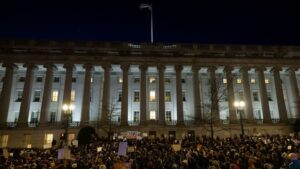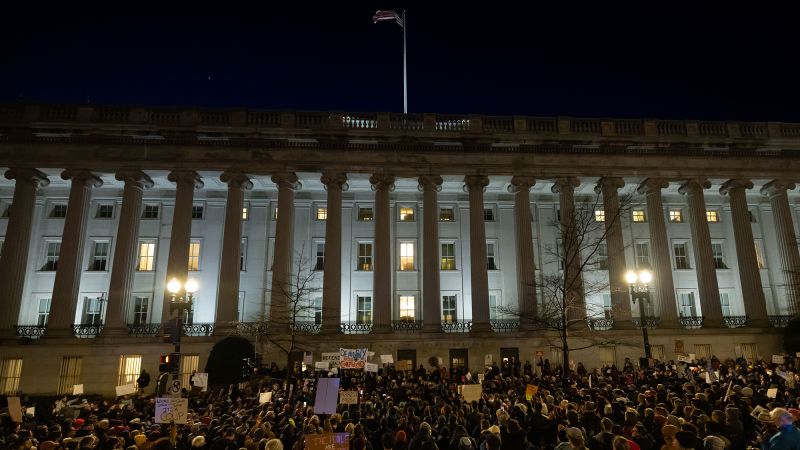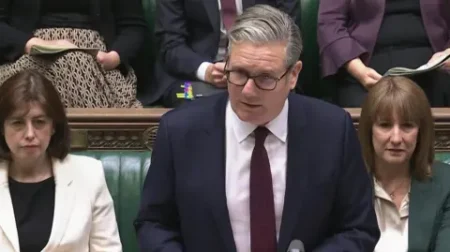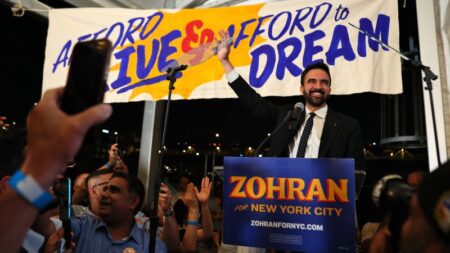The Trump administration’s approach to the federal workforce has been marked by significant changes and reforms aimed at reducing the size and operational structure of various governmental agencies. Under the leadership of President Donald Trump, multiple executive actions were issued that fundamentally affect the employment landscape for federal workers. These directives include mandates for substantial reductions in force and requirements for employees to return to their physical office locations full-time, which marked a notable departure from the flexible work arrangements that had been employed during the COVID-19 pandemic era.
One of the central tenets of President Trump’s federal workforce strategy was the desire to streamline government operations. This desire translated into numerous executive orders that eased the process for agencies to carry out layoffs and terminations of career civil servants. By facilitating these changes, the administration hoped to foster a leaner and more efficient government, one that could operate with reduced bureaucratic overhead. Critics, however, argued that such measures undermined the stability and protections that career government employees had previously enjoyed, leading to concerns about job security amidst a turbulent political climate.
In addition to direct layoffs, the administration introduced a variety of incentives aimed at encouraging federal employees to exit the workforce voluntarily. These measures included deferred resignation packages, which provided financial incentives for employees willing to resign at a later date, as well as early retirement options designed to attract older employees who might be considering retirement. Voluntary separation incentives were also on offer, aiming to entice workers to leave before any potential upheaval or downsizing occurred.
The implications of these changes extended beyond just immediate workforce numbers. They also raised questions about morale among the remaining employees and the overall effectiveness of government operations. A significant number of federal employees felt uncertain about their futures, leading to anxiety and distractions from the tasks at hand. The drive to reduce staff through such means also prompted discussions about the skills and institutional knowledge that could be lost as experienced employees left the workforce.
In light of these developments, various media outlets, including CNN, have expressed a particular interest in understanding the feelings and perspectives of those directly affected by these shifts in policy. The network has actively sought to engage with federal workers to gather insights into how these changes have altered their work environment and personal outlook regarding their careers within federal agencies. By reaching out and soliciting stories from civil servants, CNN aims to shed light on the human aspect of these policy changes and the broader implications for public service.
As the Trump administration’s push to reshape the federal workforce continues to unfold, it is clear that the ramifications of these policies are complex and multifaceted. The balance between efficiency and employee welfare is a delicate one, and the long-term effects of these changes on the federal workforce remain to be seen. Discussions surrounding workforce reductions, layoffs, and incentivized exits will likely resonate throughout the political arena, shaping the discourse around government reform, civil service protections, and the enduring question of how best to serve the public interest in an evolving political landscape.
In summary, the actions taken by the Trump administration in restructuring the federal workforce have sparked a mix of responses from both government employees and the public. As changes continue to take shape, the importance of engaging with the voices of those affected within the workforce becomes ever more critical. These narratives will ultimately serve to inform discussions on public policy and the future of federal employment in the United States.











